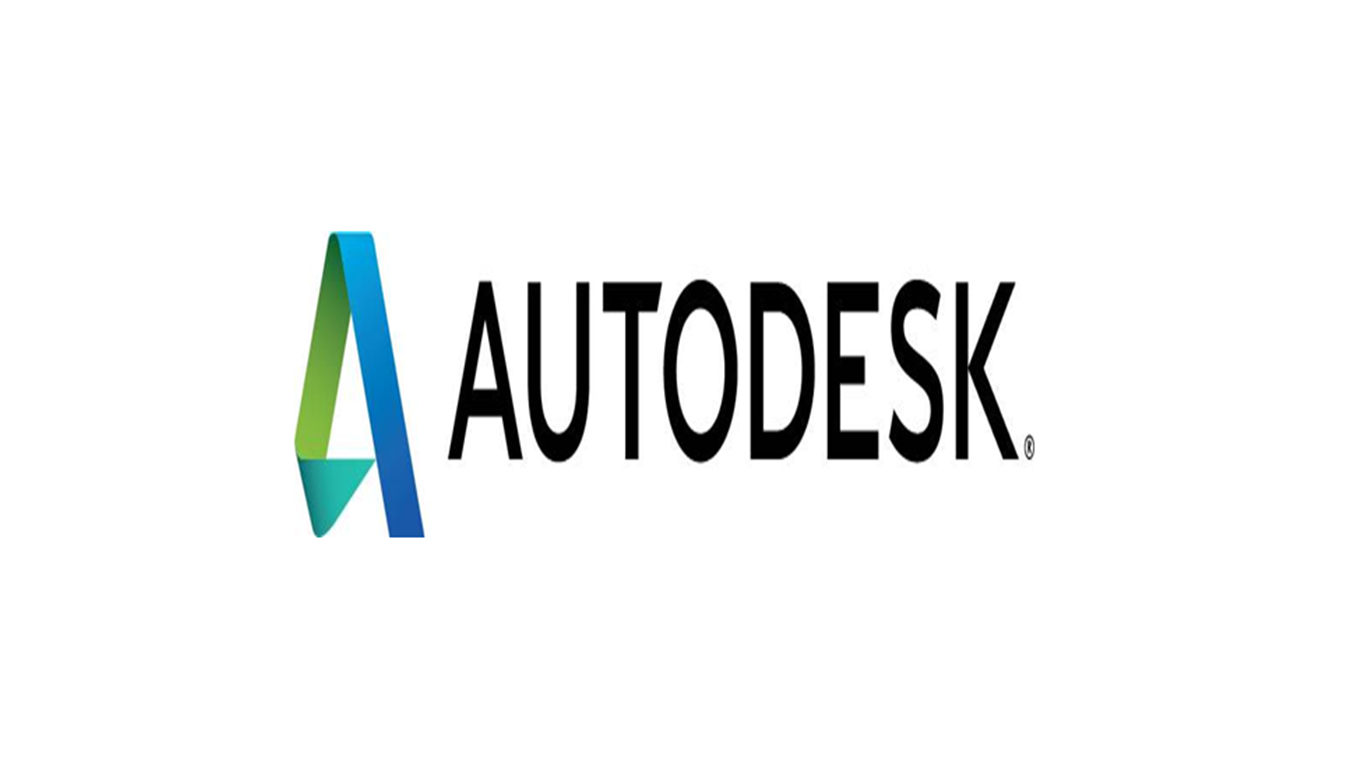

Some firms that took part did not want to openly sign, for fear of ‘retribution from their software supplier’ expecting dreaded ‘licence audits’ – which in itself is a damning reflection of the relationships that Autodesk has managed to foster with some of its paying customer base.įrom our experience of talking with customers, all the views raised here are widely held within the BIM community and have been bubbling away for years. The answers were used to define the letter to Autodesk and agreed at director level at all firms. On average, each answer scored between two to three out of ten. There were nine questions in total, which the firms rated on a scale of 1 to 10 (1 being strongly disagree and 10 being strongly agree – Net promoter score). Prior to writing the letter to Autodesk, the firms carried out a questionnaire on various aspects of Autodesk software development and business practices. Have an urgent need for cost stability and flexibility in the troubled times ahead.Ĭlick here to download a PDF of the Autodesk customer feedback survey.Have no clarity on the roadmap for next generation BIM technology, and have lost trust in the annually repeated promises of significant new innovations.Have seen poor commitment to open interoperability in a collaborative industry, which makes them feel trapped.Have been frustrated with Revit’s geometry capabilities for manufacture and construction, forcing them to spend even more on third-party software to fill the gaps.Have been forced to subscribe to ‘collections’ of non-integrated products, which are explained as high value, but in reality, do not fit with the needs of their businesses.Are perceiving low levels of product development to the software most critical to their businesses, while experiencing negligible improvements in productivity.



 0 kommentar(er)
0 kommentar(er)
